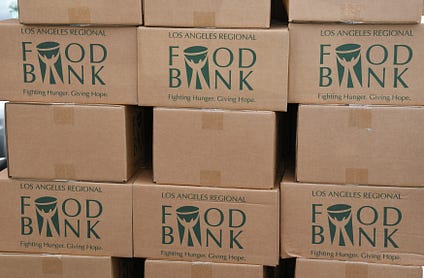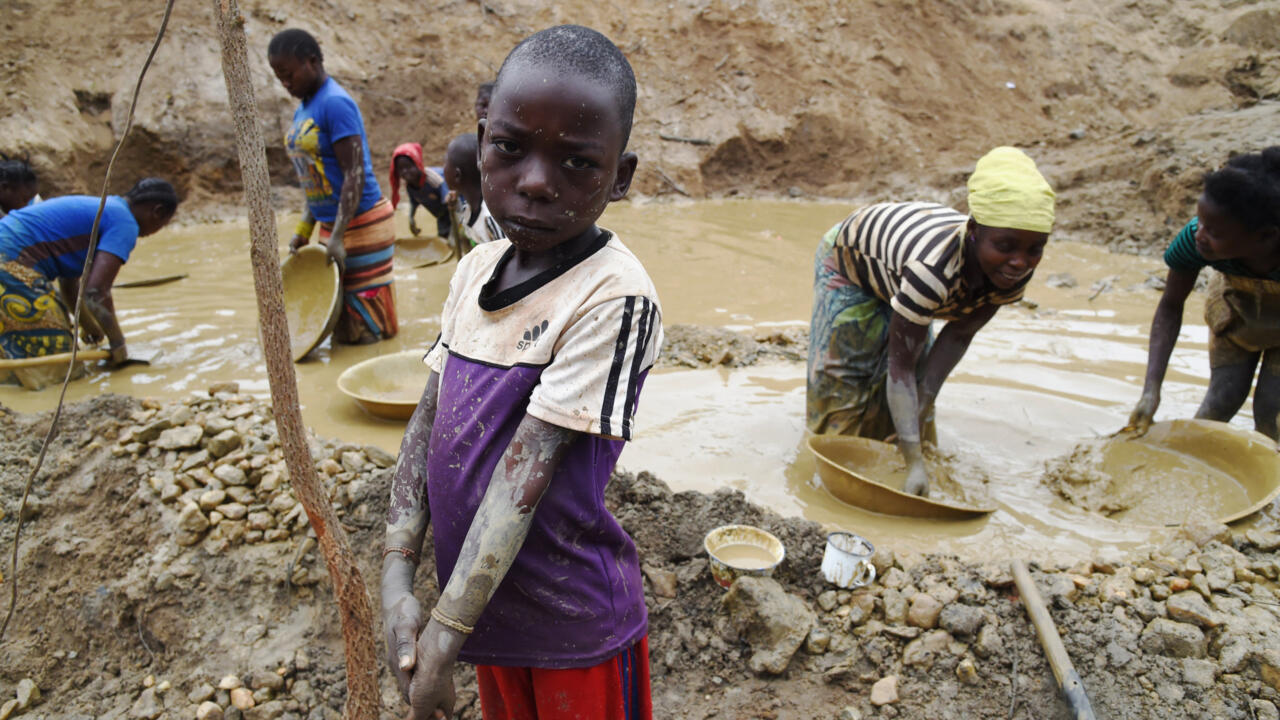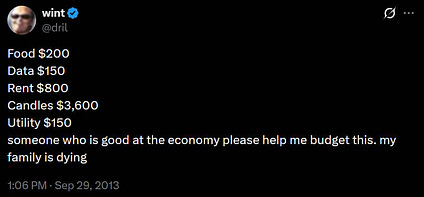Kerala CM showcases ‘extreme poverty eradication’ as crowning point of LDF government – The Hindu

Report on Kerala’s Extreme Poverty Eradication Programme and Alignment with Sustainable Development Goals (SDGs)
Introduction
On October 31, 2025, the Government of Kerala announced the successful completion of its state-wide extreme poverty eradication programme. Chief Minister Pinarayi Vijayan declared the initiative a major achievement for the Left Democratic Front (LDF) government, positioning Kerala as an “extreme poverty-free” state. This accomplishment directly addresses the United Nations’ Sustainable Development Goal 1 (No Poverty) and serves as a significant milestone ahead of the 69th Kerala Formation Day.
Programme Methodology and Implementation
The state’s approach was framed as a “people’s movement,” developing a unique model to identify and address multi-dimensional poverty. This strategy demonstrates a strong commitment to SDG 17 (Partnerships for the Goals) by fostering collaboration between governmental and non-governmental actors.
- Community-Led Identification: The programme mobilized an estimated 1.4 million citizens, including citizen volunteers, social workers, and elected representatives, to conduct comprehensive statewide surveys.
- Multi-Stakeholder Participation: Key community groups were enlisted to ensure thorough coverage, including:
- Voluntary community health workers (ASHAs)
- Anganwadi workers
- Kudumbashree members
- Residential associations
- Targeted Verification: Rigorous field-level validations and granular-level verification processes were implemented to ensure that aid was directed exclusively to eligible families, preventing misuse of the programme.
- Holistic Support System: The government moved beyond monetary aid, focusing on creating sustainable solutions. This involved preparing individualized micro-plans for each family based on their specific needs.
Key Outcomes and Impact
The surveys successfully identified and targeted the most vulnerable populations, ensuring that the programme’s benefits reached those most in need, in alignment with SDG 10 (Reduced Inequalities).
- Beneficiaries Identified: A total of 64,006 families, comprising an estimated 1,03,099 individuals, were identified as experiencing extreme poverty.
- Geographical Scope: The programme was implemented across 1,032 local bodies within the state.
Alignment with Sustainable Development Goals (SDGs)
The Kerala government’s initiative is a comprehensive model that actively contributes to several interconnected SDGs. The programme’s design addresses the root causes of poverty through a multi-faceted approach.
- SDG 1 (No Poverty): The programme’s core objective and declared outcome is the eradication of extreme poverty within the state.
- SDG 2 (Zero Hunger): The initiative identified families suffering from hunger and ensured the provision of free food supplies and rations.
- SDG 3 (Good Health and Well-being): By identifying individuals with diseases and lack of access to healthcare, the government provided health insurance and access to free medical care, addressing critical health disparities.
- SDG 8 (Decent Work and Economic Growth): The focus on micro-plans for sustainable livelihoods rather than simple monthly doles promotes economic self-sufficiency and decent work.
- SDG 11 (Sustainable Cities and Communities): The programme constructed houses and provided “roofs over their head” for homeless citizens, contributing to safe and sustainable housing.
- SDG 16 (Peace, Justice and Strong Institutions): The government facilitated the issuance of essential documents such as Aadhaar, ration, and UDID cards, ensuring that marginalized individuals could access public services and exercise their rights.
Analysis of Sustainable Development Goals (SDGs) in the Article
-
Which SDGs are addressed or connected to the issues highlighted in the article?
The article on Kerala’s extreme poverty eradication programme directly addresses and connects with several Sustainable Development Goals (SDGs). The primary focus is on SDG 1, but the multi-dimensional approach described touches upon other critical goals related to human well-being and basic needs.
-
SDG 1: No Poverty
This is the most central SDG discussed. The entire article revolves around the “completion of the State’s extreme poverty eradication programme” and the announcement of Kerala’s “extreme poverty-free” status. The government’s effort to identify and support “critically low-income families” is a direct action towards ending poverty in all its forms.
-
SDG 2: Zero Hunger
The article explicitly mentions that the identification process targeted families “suffering from hunger.” The government’s response included ensuring “free provisions,” which directly contributes to ending hunger and ensuring food security for the most vulnerable.
-
SDG 3: Good Health and Well-being
The programme identified people suffering from “diseases,” “chronic illness,” and a “lack of access to free health care.” By providing basic documents to access “health insurance and free medical care at government hospitals,” the initiative directly supports the goal of ensuring healthy lives and promoting well-being.
-
SDG 8: Decent Work and Economic Growth
The article notes that the government’s approach went beyond simple aid. It “devised micro-plans at the individual and family levels to ensure sustainable livelihoods,” which aligns with the goal of promoting sustained, inclusive, and sustainable economic growth and productive employment.
-
SDG 11: Sustainable Cities and Communities
The issue of “homelessness” is cited as a key factor of extreme poverty. The government’s action to “construct houses for impoverished citizens” and provide “roofs over their head” directly addresses the need for adequate, safe, and affordable housing.
-
-
What specific targets under those SDGs can be identified based on the article’s content?
The article’s details about the programme’s methodology and outcomes point to several specific SDG targets.
-
Target 1.1: Eradicate extreme poverty
The article’s main announcement of Kerala achieving an “extreme poverty-free” status is a direct claim of having met this target within the state’s context.
-
Target 1.2: Reduce poverty in all its dimensions
The article highlights Kerala’s “unique model to identify extreme poverty through trials and tests to understand the subtleties of multi-dimensional extreme poverty.” This approach, which considers factors beyond income like hunger, homelessness, and health, aligns with reducing poverty in all its dimensions.
-
Target 1.3: Implement social protection systems
The government’s effort to bring destitute families “under the social security net” and issue “Aadhaar, ration, and UDID cards” to access public services like health insurance is a clear implementation of social protection systems for the poor and vulnerable.
-
Target 2.1: End hunger and ensure access to food
The identification of families “suffering from hunger” and the subsequent provision of “free provisions” directly corresponds to this target of ensuring access to food for all, especially the poor.
-
Target 3.8: Achieve universal health coverage
By addressing the “lack of access to free health care” and enabling access to “health insurance and free medical care at government hospitals,” the programme contributes to achieving universal health coverage for the most impoverished segment of the population.
-
Target 11.1: Ensure access to adequate housing
The government’s initiative to “construct houses for impoverished citizens” and provide “roofs over their head” for the homeless is a direct action towards fulfilling this target.
-
-
Are there any indicators mentioned or implied in the article that can be used to measure progress towards the identified targets?
Yes, the article mentions several quantitative and qualitative indicators that can be used to measure the programme’s progress and success.
-
Indicator for Target 1.2 (Proportion of population living in poverty):
The article provides a specific number: “The surveyors identified 64,006 families — an estimated 1,03,099 persons — reeling under the daily deprivations of extreme impoverishment.” This figure serves as a baseline indicator of the population living in multi-dimensional extreme poverty according to the state’s definition.
-
Indicator for Target 1.3 (Coverage of social protection systems):
The article implies a 100% coverage indicator for the identified group by stating the government “issued Aadhaar, ration, and UDID cards for the differently abled in the extremely poor category.” The number of cards issued to these 64,006 families would be a direct measure.
-
Indicator for Target 11.1 (Proportion of urban population living in slums, informal settlements or inadequate housing):
While not providing a comprehensive number, the statement that the government “constructed houses for impoverished citizens” implies an indicator related to the number of new, adequate housing units provided to the previously homeless families within the identified group.
-
Process and Participation Indicators:
The article mentions that an “estimated 14 lakh citizens were involved in the sweeping Statewide surveys” and that the programme covered “1,032 local bodies in the State.” These figures act as indicators of the scale of community participation and administrative reach, which are crucial for the successful implementation of such social programmes.
-
Summary of SDGs, Targets, and Indicators
| SDGs | Targets | Indicators Identified in the Article |
|---|---|---|
| SDG 1: No Poverty |
1.1: Eradicate extreme poverty. 1.2: Reduce poverty in all its dimensions. 1.3: Implement social protection systems. |
– Number of families/persons identified as living in extreme poverty (64,006 families, 1,03,099 persons). – Development of a “unique model” to identify multi-dimensional poverty. – Number of basic documents (Aadhaar, ration cards) issued to the identified poor to access the social security net. |
| SDG 2: Zero Hunger | 2.1: End hunger and ensure access to food. | – Provision of “free provisions” to families identified as suffering from hunger. |
| SDG 3: Good Health and Well-being | 3.8: Achieve universal health coverage. | – Number of people provided with access to “health insurance and free medical care at government hospitals.” |
| SDG 8: Decent Work and Economic Growth | 8.5: Achieve full and productive employment and decent work. | – Implementation of “micro-plans at the individual and family levels to ensure sustainable livelihoods.” |
| SDG 11: Sustainable Cities and Communities | 11.1: Ensure access to adequate housing. | – Number of houses “constructed for impoverished citizens” who were previously homeless. |
Source: thehindu.com
What is Your Reaction?
 Like
0
Like
0
 Dislike
0
Dislike
0
 Love
0
Love
0
 Funny
0
Funny
0
 Angry
0
Angry
0
 Sad
0
Sad
0
 Wow
0
Wow
0



















































.jpg.webp?itok=0ZsAnae9#)


























